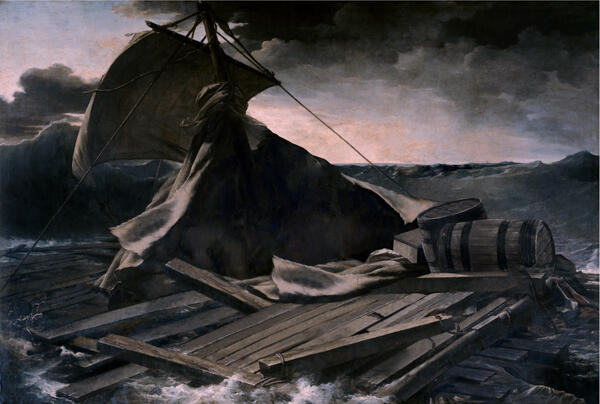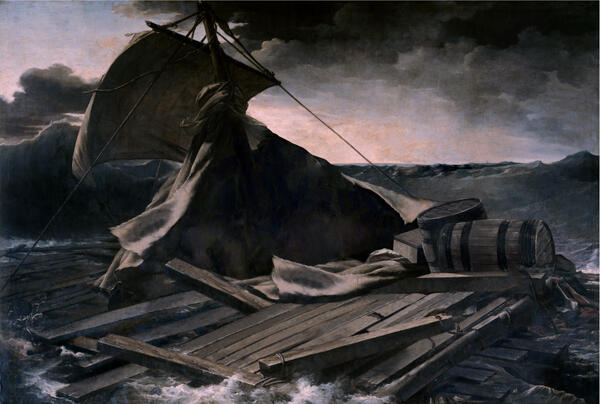Concealed Spaces. José Manuel Ballester.
Frost Museum
Postmodernism has legitimized appropriation as a creation method. The proposal of the Spanish artist José Manuel Ballester is inscribed, precisely, within this vision.

Through the manipulation of a series of works by master artists, Ballester poses a series of subjects ̶ revisionist to a certain extent ̶ in which he dares to modify the composition of famous art history masterpieces. The common factor in all these works is that the images have been “rid” of all human presence, leaving only the setting that would normally function as a contextual reference. The narrative changes, and the story in which the characters were the conducting thread is transformed into a scenario dominated by silence.
Ballester’s process is meticulous, and it begins with the camera’s shutter release when he captures the image of the work selected. The next stage is his studio where, armed with the Photoshop program, Ballester ‘purifies’ the scene. Then follows the process of ‘re-painting’, when the artist ‘fills’ the spaces previously occupied by the eliminated images to make room for new images, in which nature and architecture cease to be background elements to become the main subjects.
In Ballester’s The Last Supper, whose conception is based on one of Leonardo Da Vinci’s most renowned works precisely because of the complexity of its composition, we may appreciate the perspective for which the artist is famous. Since it is free from its supposed protagonists, the viewer may focus on the architecture and the wonderful ‘background’ that draws the viewers’ eyes. The well-known story of Jesus is erased from the scene, leaving in its place an image in which the artist takes pleasure in other details. Royal Palace (Palacio Real), his version of the Spanish painter Diego Velázquez’s Las Meninas, manages to intrigue the spectator. Ballester’s work portrays a room in semi-darkness, which receives light from an open door in the background, light thus taking stage center in this case,
La Balsa de la Medusa , based on one of the most disquieting works by the French painter Théodore Géricault ( The Raft of the Medusa), becomes a setting as desolate as the original one. Although the survivors and the corpses have been eliminated, the fury of the sea and the shattered raft succeed in conveying the same feeling of uncertainty and desolation that Géricault achieves in his painting.
A void that may seem disquieting can be perceived in these images. The works are turned into a space for reflection and meditation, in which man appears implicitly through the architecture. The artist proposes, through these pieces, a tour of universal art history. Perhaps the fact that he is a painter has inspired him to ‘revisit’ these works and make us reflect on their complexity, which we often lose sight of when delving into their evident narrative.
-
 The Raft of The Medusa, 2010, fotografía en lienzo, 78.35 x 48.03 pulgadas, único, Guggenheim Bilbao Museo
The Raft of The Medusa, 2010, fotografía en lienzo, 78.35 x 48.03 pulgadas, único, Guggenheim Bilbao Museo




